
 As of today, the top three most viewed Alchemy-Spetec blog posts are:
As of today, the top three most viewed Alchemy-Spetec blog posts are:
- Slab Void Fill with Polyurethane Foam
- So You’re Thinking About Starting a Slab Lifting Company: Key Considerations
- Hydrophobic vs Hydrophilic: Polyurethanes
Given the amount of interest in these subjects, it's worth reviewing them again. In this article, we'll feature some intro text from each of these blog posts, along with a link to the full version.
Slab Void Fill with Polyurethane Foam
Voids beneath concrete slabs can be filled with two-component polymer foam designed to work in wet or dry conditions. AP Lift 430 foam can support up to 7,200 lbs per square foot and will cure to 90% full strength in 15 minutes. (Of the most resilient concrete slab jacking foams, AP Lift 430 is proven to lift concrete slabs under harsh conditions. This two-component, high-strength, high-density, hydro-insensitive structural polyurethane foam is the top slab jacking solution for concrete slab foundation repair, soil stabilization, and compaction grouting. AP Lift 430 weighs 2.75 – 3.25 pounds per cubic foot.) Polyurethane foam conforms to void shape more accurately than cement grout, and - unlike cement - it doesn't shrink or sink over time. Read more...
So You’re Thinking About Starting a Slab Lifting Company: Key Considerations
If you want to corner the market in this potentially profitable business, begin by scoping out a specialized area, such as residential, commercial, or civic/municipal. Next, make a simple short written list of the assets you absolutely must have to get started. Do you need a full-sized slab lifting rig to get rolling? Or maybe just the portable PolyBadger lifting system? Are there any special licenses or certifications required for operation? Do you have a good relationship with an equipment and materials supplier? Having the right slab lifting equipment, top-of-line materials, vendor support, and deep expertise in this unique industry are the first keys to success for startup companies. Read more...
Hydrophobic vs Hydrophilic: Polyurethanes
The terms hydrophobic and hydrophilic may not mean anything to the average person. But, to a contractor, these terms can mean a world of a difference. Hydro means water while phobic means “to fear” and philic means “to love”. Alchemy-Spetec offers both hydrophobic and hydrophilic polyurethanes, so it is important to be aware of the differences between the two types. Read more...
Want more information about Alchemy-Spetec products?


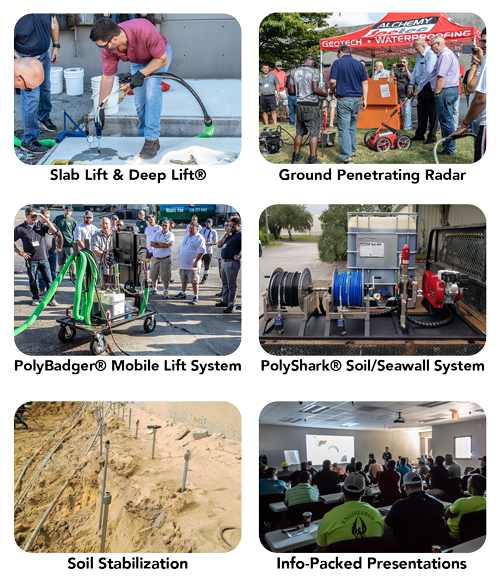 $695 Registration Fee
$695 Registration Fee



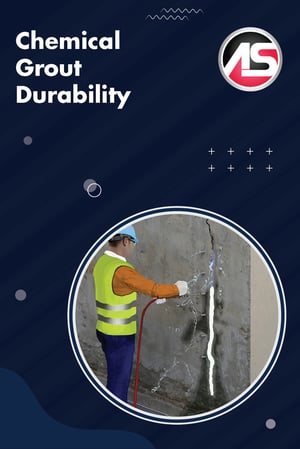 For most of my 36 years in the chemical grout industry, I have listened to people refer to chemical grouts as temporary leak repair in the same manner they mention a band-aid in stopping bleeding. Many of these same persons also say that stopping water leaks with chemical grouts is like “smoke and mirrors”, implying some sort of black magic. I must state that they are wrong on both counts.
For most of my 36 years in the chemical grout industry, I have listened to people refer to chemical grouts as temporary leak repair in the same manner they mention a band-aid in stopping bleeding. Many of these same persons also say that stopping water leaks with chemical grouts is like “smoke and mirrors”, implying some sort of black magic. I must state that they are wrong on both counts. 

 Infiltration is Draining Your Budget
Infiltration is Draining Your Budget

 As of today, the top three most viewed Alchemy-Spetec blog posts are:
As of today, the top three most viewed Alchemy-Spetec blog posts are:

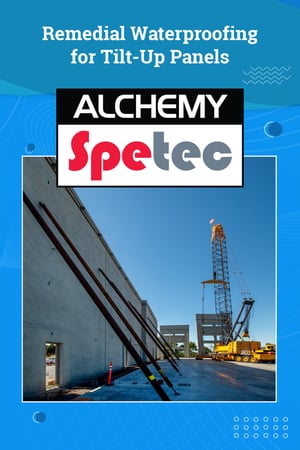 In the United States,
In the United States, 

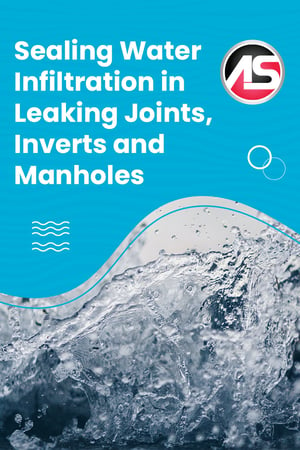 Treatment plants undergo massive strain and efficiency issues when groundwater infiltrates city collection systems. These common problems lead to large expenses that can accumulate if left unchecked. Identifying the root causes and creating a plan to minimize the damages will be dependent on the scale of the problems, the age and condition of your overall infrastructure, and your budget. Having a trusted, experienced team of consultants will prove to be invaluable as you navigate these uncharted waters.
Treatment plants undergo massive strain and efficiency issues when groundwater infiltrates city collection systems. These common problems lead to large expenses that can accumulate if left unchecked. Identifying the root causes and creating a plan to minimize the damages will be dependent on the scale of the problems, the age and condition of your overall infrastructure, and your budget. Having a trusted, experienced team of consultants will prove to be invaluable as you navigate these uncharted waters.
 It's not an exaggeration to say that that the PolyShark
It's not an exaggeration to say that that the PolyShark

 I&I is a major issue that plagues all collection systems. What can be done about it? There are a number of large-scale and costly ways to address it but often these are overwhelming projects to start. So, let’s take a step back and start small with the manholes. A quick review of rain event data will help pinpoint problem areas. There may be numerous issues in a line, but remember we are going for easy manhole infiltration. Start popping manhole covers. We don’t need to look for every minor leak and the large leaks are easy to identify. Obliviously, flowing water is easy to spot but even if a large leak is not active there are normally clear signs of its existence. These signs include staining, native soils being washed in, or joints with bulging ramnecks.
I&I is a major issue that plagues all collection systems. What can be done about it? There are a number of large-scale and costly ways to address it but often these are overwhelming projects to start. So, let’s take a step back and start small with the manholes. A quick review of rain event data will help pinpoint problem areas. There may be numerous issues in a line, but remember we are going for easy manhole infiltration. Start popping manhole covers. We don’t need to look for every minor leak and the large leaks are easy to identify. Obliviously, flowing water is easy to spot but even if a large leak is not active there are normally clear signs of its existence. These signs include staining, native soils being washed in, or joints with bulging ramnecks.
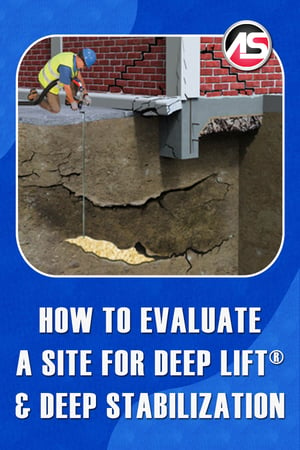 For any
For any 
